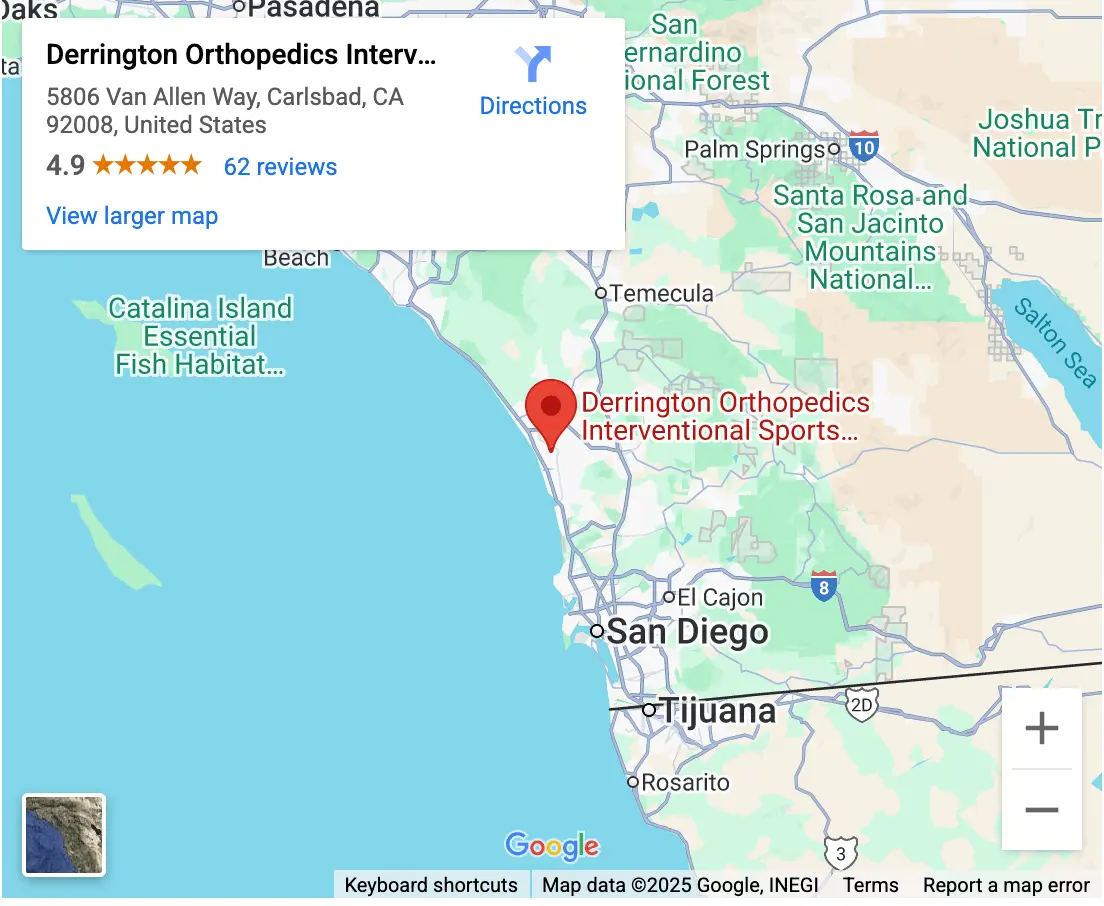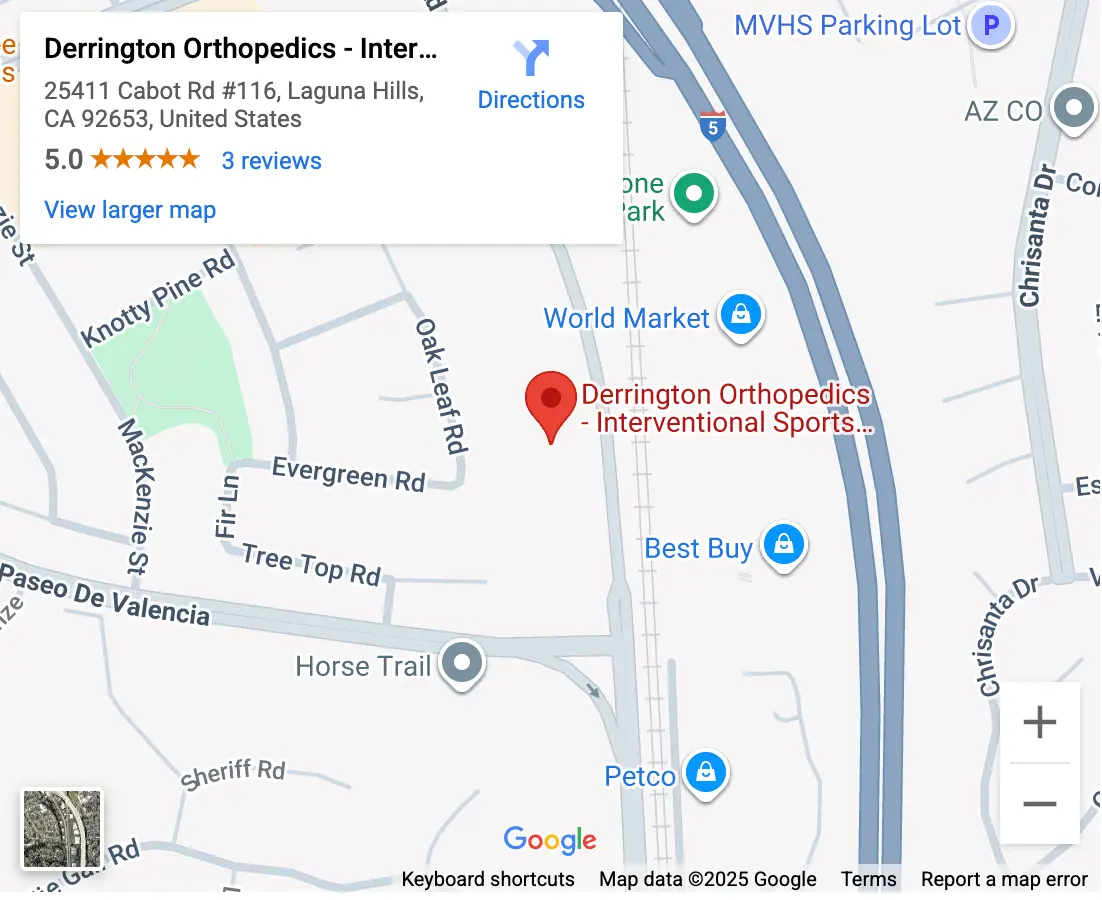Ankle sprains often cause stretched or torn ligaments that change how you walk, putting painful stress on other joints of the foot as well as making it more likely that you will sprain the ankle again. This incomplete healing leads to a cycle of chronic pain and instability. Research shows invasive ankle ligament surgeriesare no more effective than physical therapy or no surgery at all while adding risk and significant recovery time. Without proper restoration of normal mechanics, other parts of the ankle also wear out faster due to abnormal biomechanics. These surgical intervention typically only add to instability, pain, and increased risk of problems that permanently affect the body’s ability to move properly.
Osteoarthritis of the ankle leads to tenderness, pain, swelling, stiffness, and even an inability to bear weight that in turn change how you walk leading to additional stress on other parts of the foot and increased likelihood of additional injury. When arthritis reaches a point where quality of life is significantly compromised, one of several invasive surgical interventions may be recommended including ankle fusion, a procedure that uses screws to severely limit ankle mobility, or ankle joint replacement, a complex procedure that involves replacing a part of the extremely complex ankle joint. Both of these surgical options come with significant downtime and need for pain management.
Damage to the Achilles tendon is the most common form of tendon damage and typically results from acute injury or overuse often as a result of athletics. When the Achilles Tendon tears, the recommended course of treatment is a risky surgery with a > 10% complication rate. Because of the invasive nature of this procedure, recovery is lengthy, and a recent study suggests that it is no more effective than immobilizing and bracing the ankle for a few weeks.
Toe arthritis is a big issue as when it advances, it can cause the toes to bend sideways and create painful bone spurs. If left untreated, the big toe in particular can become rigid, putting more stress on the rest of the foot and ankle. Surgery to cut out the bone spurs is common, but this just leads to a floppy and unstable toe as important ligaments are cut. Fusing the toe just adds more pressure elsewhere.
Our approach is to use advanced interventional orthopedics instead of surgery.


